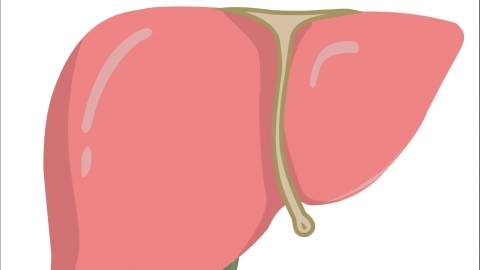Is it normal for HBV DNA 45 to be positive?
Generally speaking, "two pairs and a half of hepatitis B" refers to the test for hepatitis B. A positive result for items 4 and 5 in the "two pairs and a half" test indicates positive results for hepatitis B e-antibody and hepatitis B core antibody among the five hepatitis B tests. Whether a positive result for items 4 and 5 in the "two pairs and a half" test is normal depends on the specific circumstances. If liver function has returned to normal after a previous hepatitis B virus infection, it may be considered normal; however, if it occurs during the recovery phase of a hepatitis B infection, it may be abnormal. Detailed analysis is as follows:

A positive result for items 4 and 5 in the "two pairs and a half" test may indicate a past infection with hepatitis B virus, but complete recovery has occurred and corresponding antibodies have developed in the body. In this case, the individual typically is non-contagious and has normal liver function, representing a normal immune response. No specific treatment is needed, but regular follow-up testing of the five hepatitis B markers and liver function is recommended to monitor any changes in condition.
A positive result for items 4 and 5 in the "two pairs and a half" test may also indicate that the individual is in the recovery phase of a hepatitis B virus infection, but the virus has not yet been completely cleared or there is low-level replication of the hepatitis B virus. In such cases, the individual may still have some degree of contagiousness and should undergo further testing, including hepatitis B virus DNA quantification, liver function tests, and liver ultrasound, to determine the disease status and implement appropriate treatment measures. Additionally, false-positive results may occur in the "two pairs and a half" test, particularly in certain special circumstances such as autoimmune diseases or malignant tumors. Further diagnostic tests are needed in such cases to confirm the diagnosis.
Hepatitis B virus is mainly transmitted through blood and bodily fluids. Therefore, it is important to maintain good personal hygiene in daily life and avoid sharing personal items such as toothbrushes and razors that could potentially lead to blood-borne transmission.





